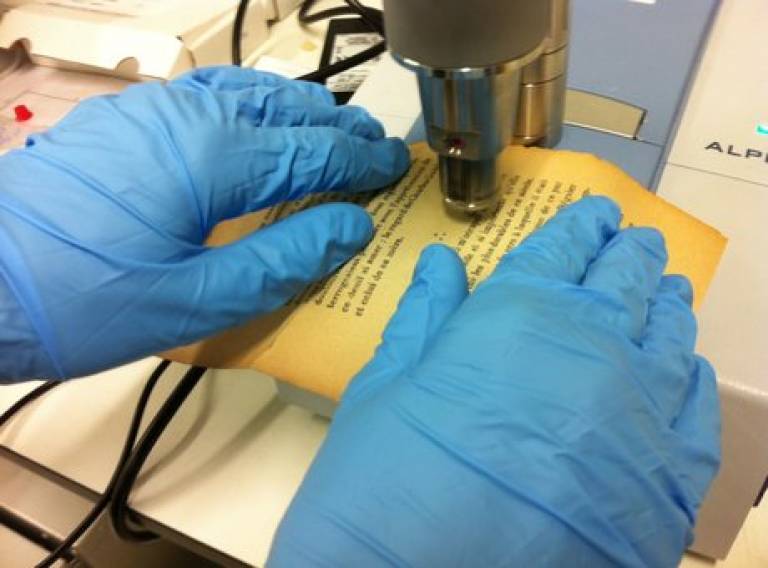Contribution of enzyme preparations to the linalool content of wines

1 January 2012
Aim: Terpene compounds were tentatively identified and quantified in musts and wines made from the non-aromatic grape variety 'Furmint' (Vitis viniferaL.) after individual treatments with seven different commercial enzyme preparations. Methods and results: The identification and quantification of the terpene compounds were carried out with headspace solid phase microextraction (HS-SPME) coupled to gas chromatography-mass spectroscopy (GC-MS). The content of terpene compounds in the 'Furmint' grape pomace was below detectable level. After enzyme treatments [Lallzyme BETA (Lall), Rohavin VR-C (VRX), Rohapect VR-C (VRC), Rohavin MX (MX), Rohapect D5L (D5L), Endozym - Cultivar A (Cult. A) and β-glucosidase (Glucosidase)], only linalool was detected in semi-fermented musts, the must treated with β-glucosidase exhibiting the statistically highest linalool content (2.25 μg/L). 'Furmint' wine produced from must treated with Lall appeared to be the most aromatic (based on sensory analysis) as well as the one with the highest linalool content (2.14 μg/L). Conclusion: Wines produced from non-aromatic 'Furmint' grape pomace treated with different pectolytic enzyme preparations did not generally contain statistically higher levels of terpene compounds. Significance and impact of the study: This confirms the hypothesis that all enzyme preparations are not appropriate for every types of monovarietal grape pomace, especially regarding the increase of terpenic volatile compound contents. ©Vigne et Vin Publications Internationales (Bordeaux, France).
Contribution of enzyme preparations to the linalool content of wines made from the non-aromatic grapevine variety 'furmint' (Vitis vinifera L.). Journal International des Sciences de la Vigne et du Vin, 46 (2), 139-143.
Rusjan, D., Strlic, M., Kosmerl, T., Prosen, H. (2012)
The full text of this article is not available through UCL Discovery.
 Close
Close

